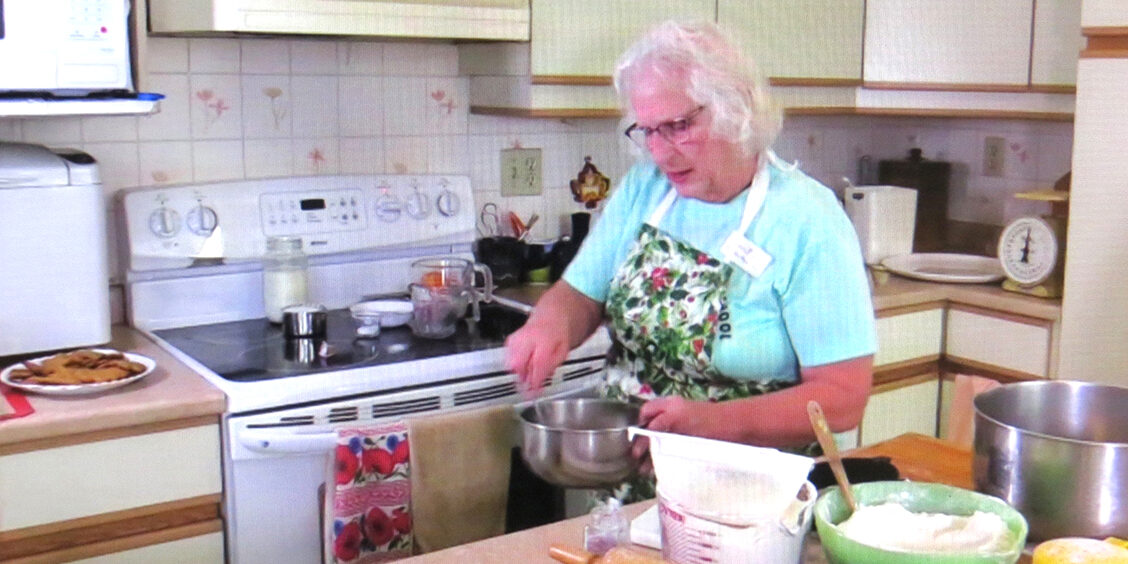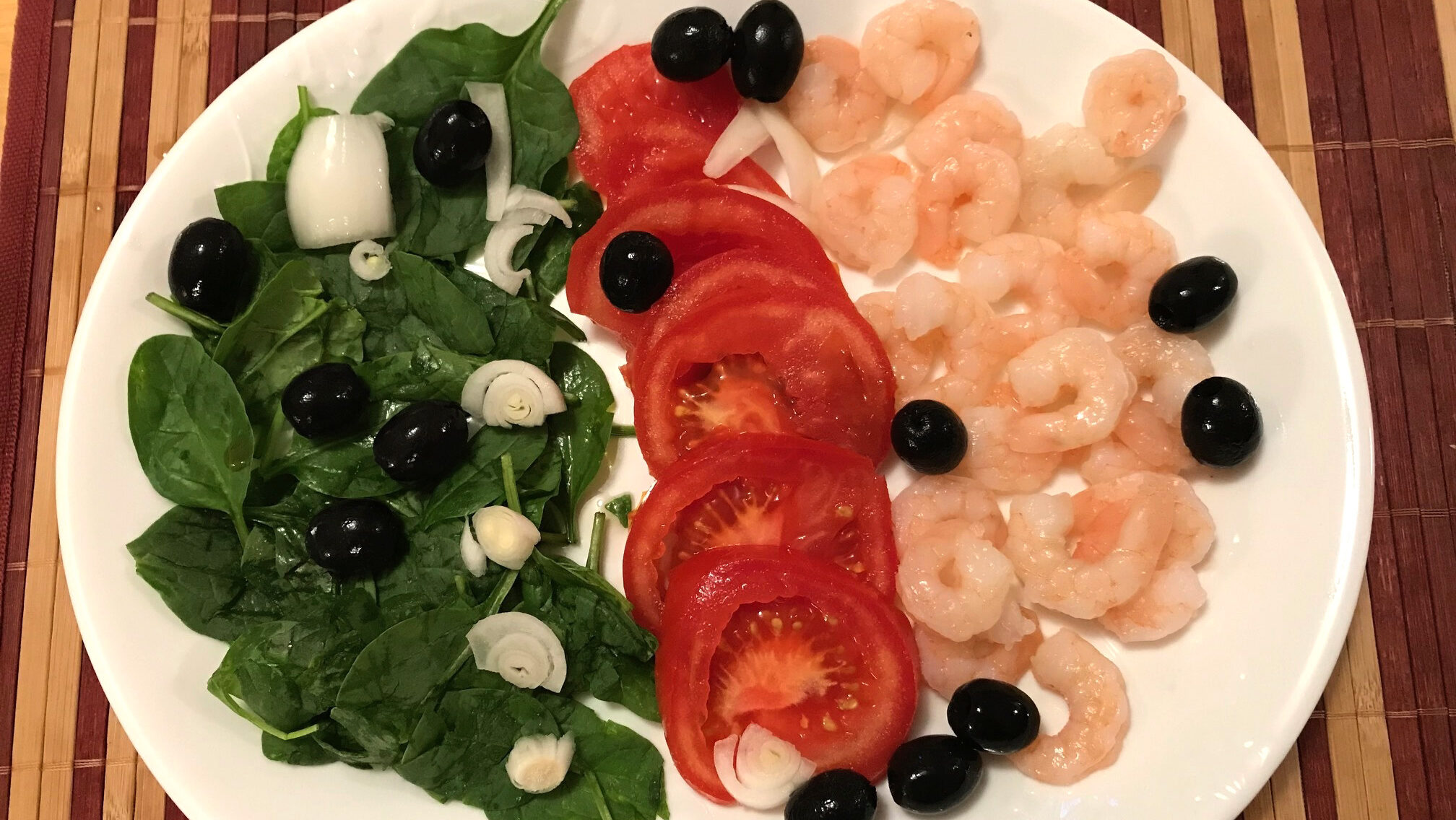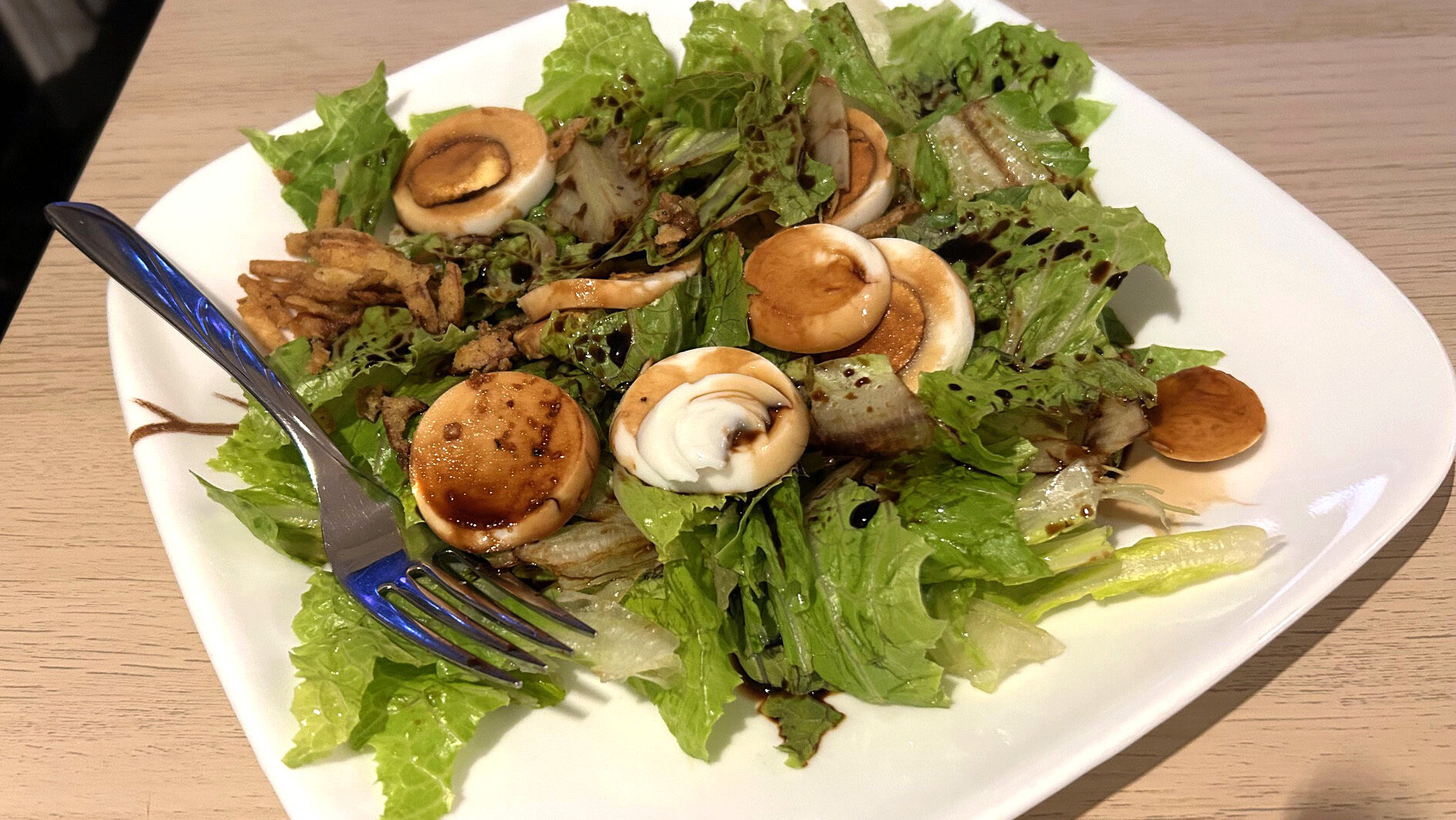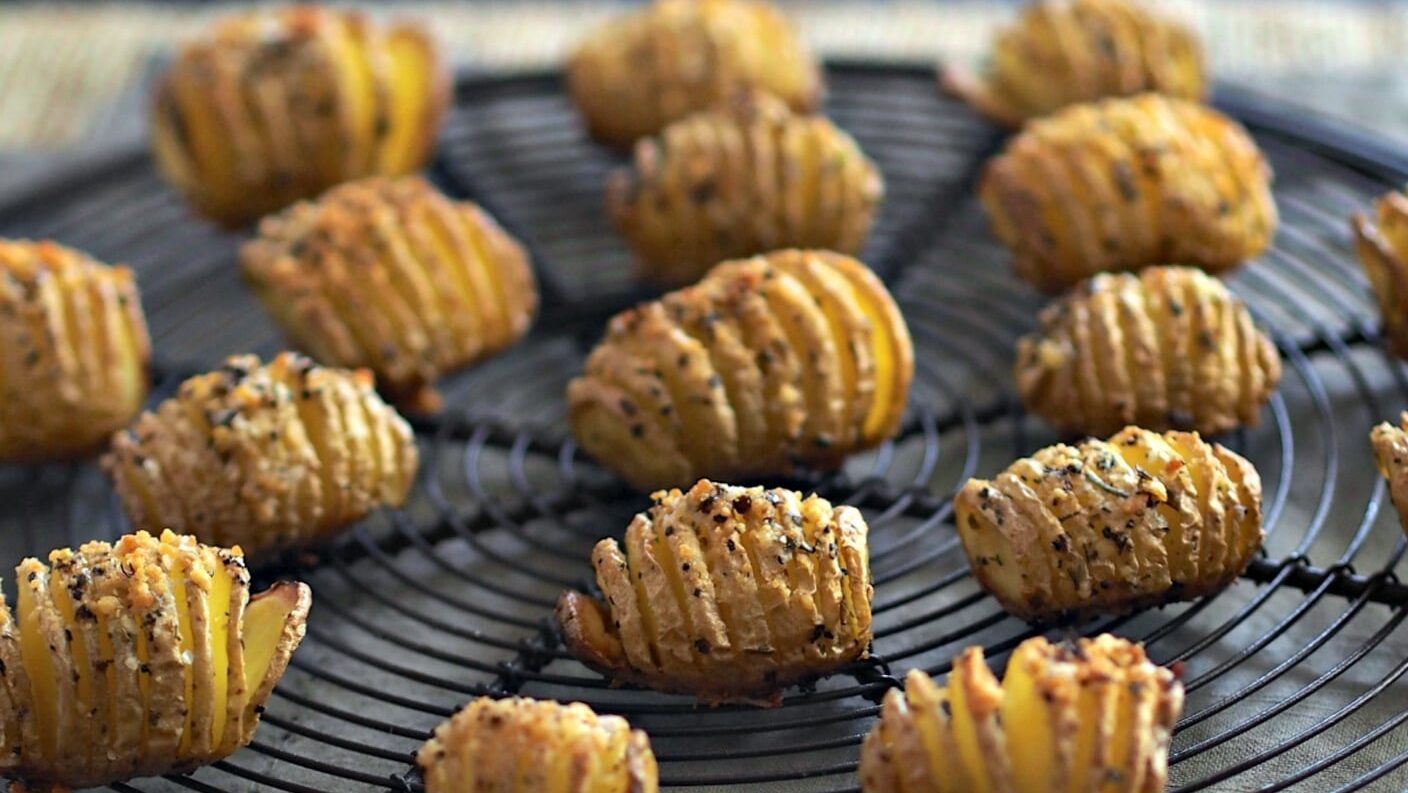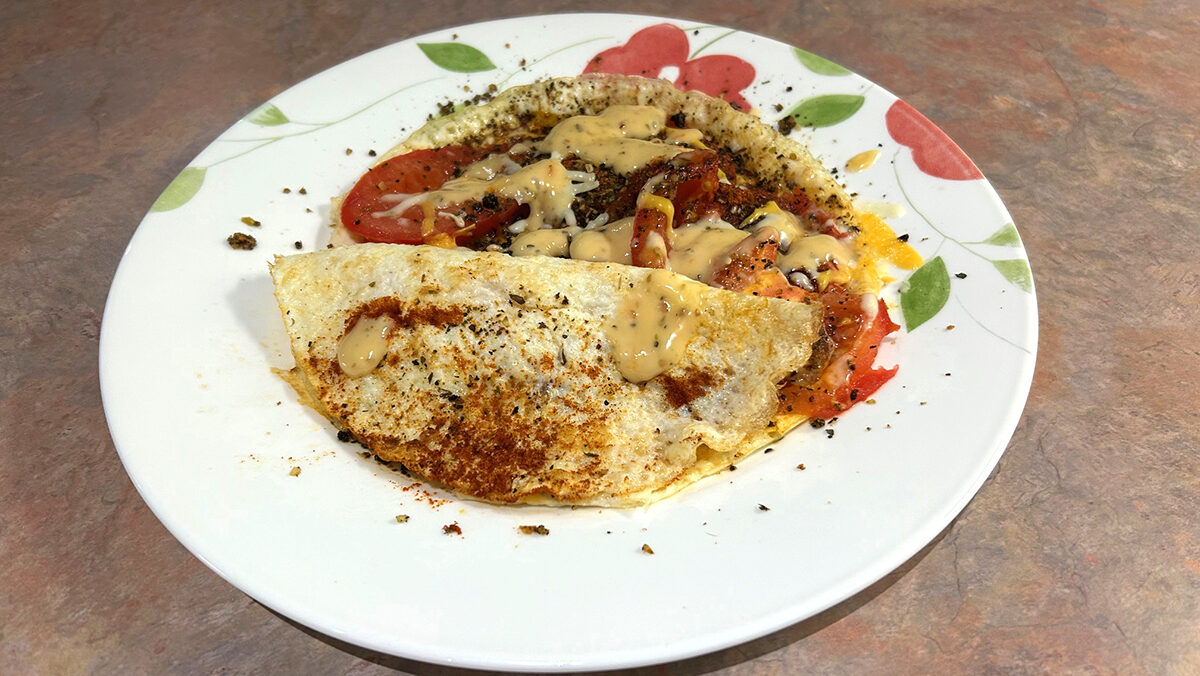Alberta Estonian Heritage Society (AHES) veteran board member and retired junior high school home economics teacher, Martha Munz Gue, demonstrated the way via Zoom in her Medicine Hat kitchen while AEHS members and friends watched and followed, with technical support provided by her husband David Gue.
Hosted by AEHS vice-president Evelin Fodor, the online participants first introduced themselves and their home locations. These stretched from the Atlantic coast to the Pacific Coast, and mostly Alberta in between. First time participants in AEHS activities were especially welcomed, as were grandchildren, young children and adult children. Some folks unexpectedly met people they had known well but not seen for many years.
The project was promoted as a hybrid event, encouraging people in various locations to get together at a single home to watch and bake together, or to work in one’s own kitchen, all while watching online. There were smiles and laughter among all the Zoom folks for the entire hour.

Martha’s Estonian heritage comes from her ancestors who left their Paide area home as children in 1861, trekked 2000km on foot to Crimea and lived there for 40 years before immigrating in 1904 to southern Alberta in Canada, where Martha was eventually born. Martha’s Crimean-born grandmother met her Estonian-born Grandfather in Medicine Hat in 1905, soon after he arrived by boat and train directly from Estonia. They were married on her parents' homestead near Barons in 1907. Martha, then, is a fourth generation Estonian-Albertan and proud of her heritage.
Multiple bowls and doughy hands brought cheer and camaraderie to the computer screens that morning.
She explains her love of baking kringel: “I started making kringel when my children were small. I felt it important for me to learn a traditional Estonian recipe to use at family celebrations, so that the kids could feel connected to one of their roots. This was after having assigned homework to my foods and nutrition students in Junior High. They were to learn one heritage recipe from their grandmother or other relative and bring a sample to school for a celebration of heritage foods. The typing class typed up the recipes for a Heritage Cookbook, in which I snuck lessons in choosing foods that are healthy, taste good, and don’t wreck the planet or family bank account. All four of our own young families now also make kringel for special occasions and the two young adult grandchildren have both enjoyed making a kringel in Edmonton. One even made a kringel for a host family when on student exchange in France!!
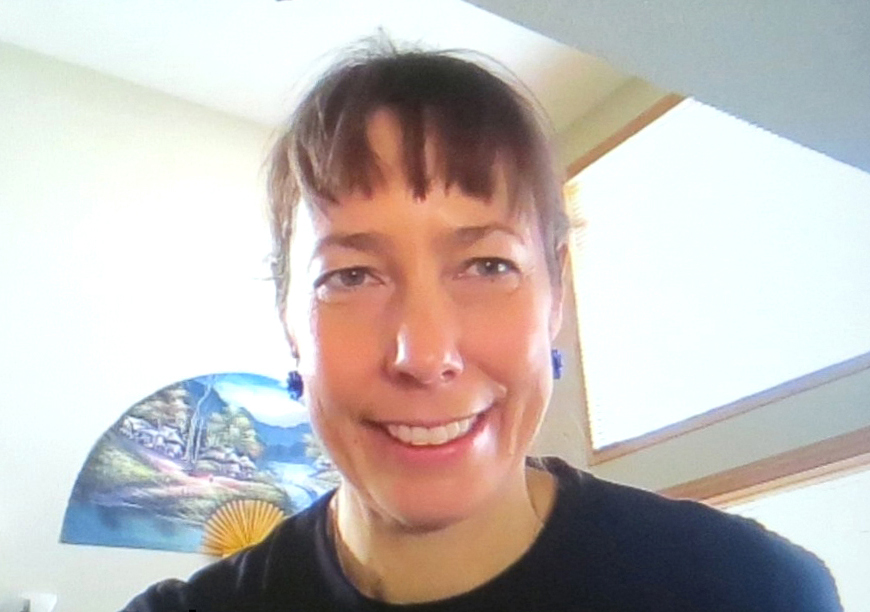
The tradition was almost lost but now is present in the three living generations. The recipe book I used was sent to me by my Aunt Julie (Walters) Silverton, soon after it was published by the Estonian Women’s Club of Los Angeles in 1976. Recipes were submitted by club members and appear in both Estonian and English. It is truly an example of a collaborative project for both English and Estonian speakers in the Estonian community of Los Angeles.”
Evelin Fodor demonstrated an alternate braiding technique as well as various colourful Christmas cookies being made and decorated by guest children at her Calgary home.
As she went along her demonstration, Martha explained some of the science behind yeast dough, including the little-known chemical need for adequate salt (salt enables twisting the “ropes” of dough like yarn or cables so they would not “break” while braiding or rising) and many how-to’s.
Evelin Fodor demonstrated an alternate braiding technique as well as various colourful Christmas cookies being made and decorated by guest children at her Calgary home. Another AEHS board member, Kristina Martikainen, also offered some alternate insights to kringel baking.
Multiple bowls and doughy hands brought cheer and camaraderie to the computer screens that morning. The rest of us regret not getting our own hands into dough!
